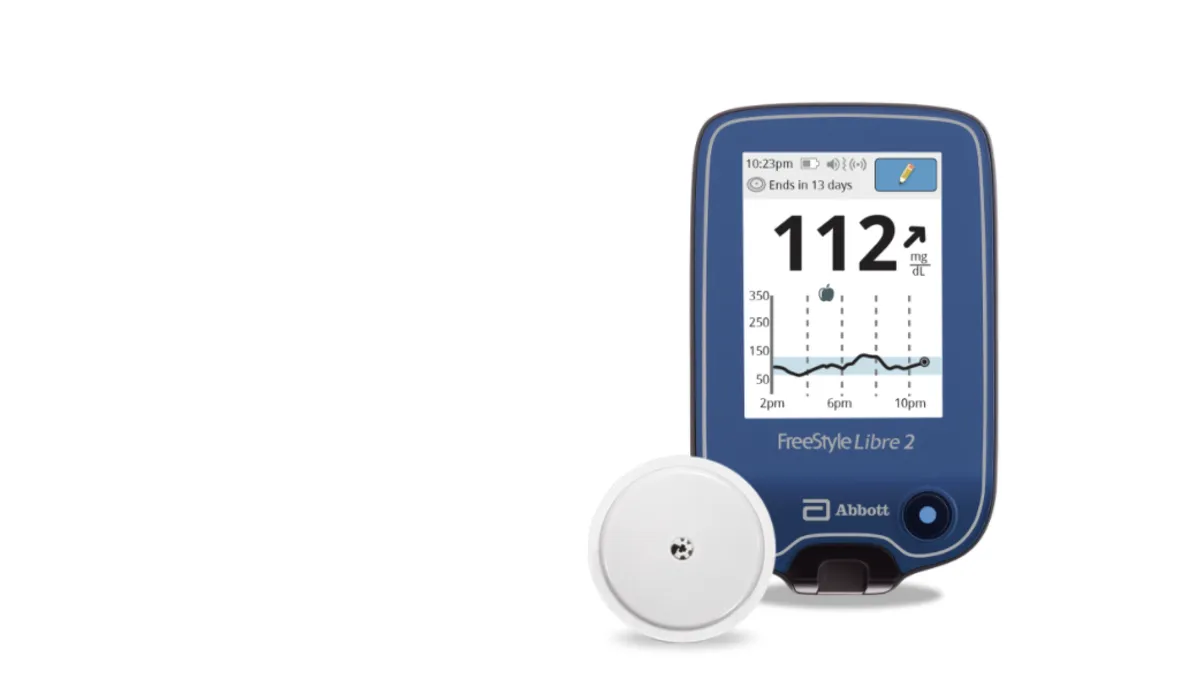Dive Brief:
- The U.S. Preventive Services Task Force has lowered to 35 the age at which it recommends starting screening for prediabetes and Type 2 diabetes for individuals overweight or obese but otherwise show no symptoms. Patients found to have prediabetes should be referred for preventive interventions, the volunteer panel of experts said Tuesday.
- The recommendation is based on data suggesting the incidence of diabetes increases at age 35 and on evidence that newly diagnosed patients benefit from interventions such as intensive behavioral counseling to promote a healthful diet and physical activity, the task force of experts in preventive and primary care medicine said. The group's recommendation statement and evidence summary was published online in the Journal of the American Medical Association.
- The advice to screen adults ages 35 to 70 for prediabetes and diabetes replaces the group's 2015 recommendation that asymptomatic adults ages 40 to 70 who are overweight or obese should be screened for abnormal blood glucose levels and Type 2 diabetes as part of a cardiovascular risk assessment.
Dive Insight:
With nearly a quarter of young adults and one in five adolescents estimated to have prediabetes, according to a 2019 study by the Centers for Disease Control and Prevention, the hope is that screening at an earlier age can help prevent more serious health complications later in life. The USPSTF said its new recommendation is based on data suggesting that the incidence of diabetes increases at age 35.
The CDC estimates 13% of all U.S. adults 18 years or older have diabetes, and 34.5% meet the criteria for prediabetes. Of those with diabetes, 21.4% were not aware they had it, or did not report having the disease. Just 15.3% of those with prediabetes reported learning they had the condition from a health professional. (The CDC's data doesn't specify Type 1 versus Type 2, but as much of 95% of diabetes patients have Type 2.)
The task force is emphasizing that interventions for newly diagnosed diabetes can make a difference. The group said it based its conclusions on a review of 89 publications and two randomized clinical trials, highlighting evidence from the U.K. Prospective Diabetes Study showing interventions improved the health of patients with newly diagnosed diabetes and prediabetes. Individuals with diabetes saw improvement with intensive glucose control with sulfonylureas or insulin.
For overweight people, intensive glucose control with metformin improved health outcomes at the 10-year follow-up, and those benefits were maintained longer term. Lifestyle interventions for obese or overweight persons with prediabetes were associated with reductions in the incidence of diabetes.
Lifestyle interventions also led to additional health benefits, such as reduced weight, body mass index and blood pressure. Metformin was linked to a significant reduction in diabetes incidence, as well as reduction in weight and body mass index.
The task force also suggested healthcare providers consider screening at an earlier age if the patient is from a population with a disproportionately high prevalence of diabetes, such as American Indian, Black, Hispanic/Latino and Native Hawaiian, or at a lower BMI if the patient is Asian American.
USPSTF's updated recommendation comes as diabetes technologies including continuous glucose monitors and insulin pumps continue to gain in popularity and as the industry eyes moving further into the Type 2 population.
Abbott's FreeStyle Libre CGM system is a top seller for the medtech giant, and Dexcom and insulin pump makers Insulet and Tandem Diabetes Care have beat sales expectations with their products over the past year. Some patients, however, have pushed back about access to and affordability of CGMs.











